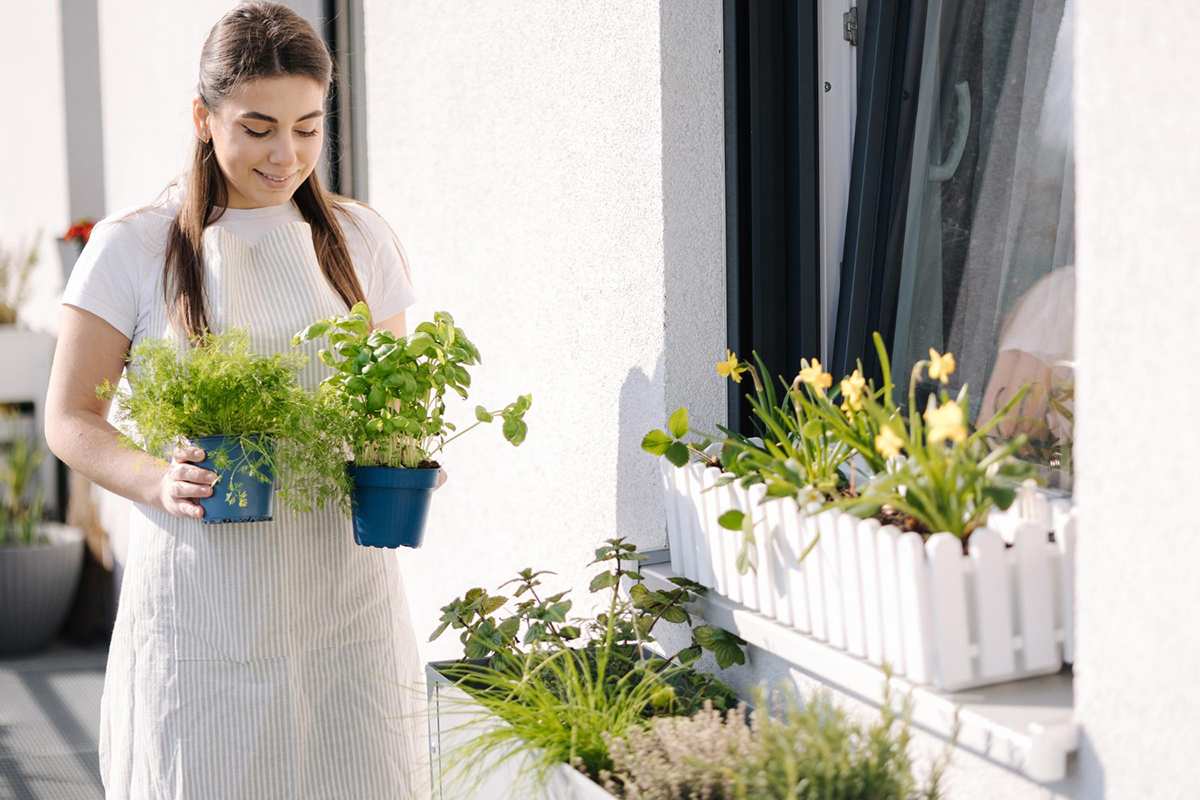

Living in an apartment doesn't mean you can't have a beautiful garden. Whether you enjoy gardening as a hobby or simply love to be surrounded by greenery, apartment balconies offer the perfect setting to bring the outdoors in. With a little creativity and some helpful tips, you can transform your balcony into a lush garden paradise. In this post, we'll share some practical gardening tips for your apartment balcony, so you can enjoy your own little green oasis even if you don't have a large outdoor space.
First things first, it's important to take into account the amount of sunlight your balcony receives when planning your garden. Observe the sunlight patterns on your balcony throughout the day to determine the best spots to place your plants. Most plants require a minimum of 4-6 hours of sunlight daily, so make sure to choose plants accordingly. If your balcony is in a very shaded spot, don't worry - there are plenty of shade-loving plants that will thrive in lower light conditions.
Choosing the right containers is essential when creating a balcony garden. Opt for lightweight containers that are easy to move around and fit the size of your balcony. Consider using hanging baskets, wall planters, or window boxes to maximize space and create an eye-catching display. When selecting pots, make sure that they have proper drainage holes to prevent waterlogged soil, which can harm your plants.
Choose plants that are suited to the climate and lighting conditions of your balcony. Consider using small trees, shrubs or flowering plants to provide structure and add a pop of color to your garden. Succulents and cacti, herbs, and vegetables are hardy and grow well in containers. Remember to consider the mature size of your plants and make sure they have enough space to grow.
Use good quality potting mix that contains a mix of peat moss, vermiculite, and perlite for optimal drainage. Repot your plants when necessary, especially if they appear to outgrow their pots or are roots bound. Fertilize your plants regularly with an organic or liquid fertilizer to promote healthy growth. Alternatively, you can use compost made from fruit and vegetable scraps, coffee grounds, and other organic matter to provide essential nutrients to your soil.
A common mistake most first-time gardeners make is overwatering their plants. Too much water can lead to root rot, which can be fatal to your plants. Always check the moisture level of your soil before watering. When the top inch of the soil dry out, it's time to water your plants. Succulents require less frequent watering while other plants may need to be watered every day. Make sure to provide enough water without overwatering, especially during the hot summer months.
Creating a balcony garden is a great way to add some greenery and life to your apartment. With the right plants and some creativity, you can transform even the smallest balcony into an oasis of peace and tranquillity. Remember to observe the light conditions, choose the right containers and plants, use good quality soil and fertilizer, and plan a regular watering schedule. Don't be afraid to experiment and try different plant combinations to find what works best for your balcony. Start with a small selection of plants and add to your garden later once you have a grasp of what works for your balcony’s size and lighting conditions. Happy gardening!
If you're looking for apartments for rent in Jacksonville, FL, Contact The Lofts at Wildlight today to schedule a personal tour and enjoy a balcony garden paradise in a new home.